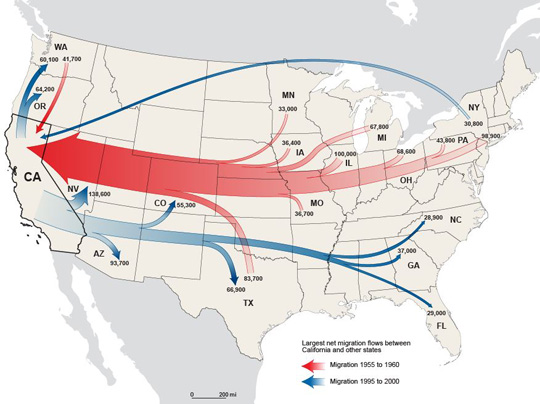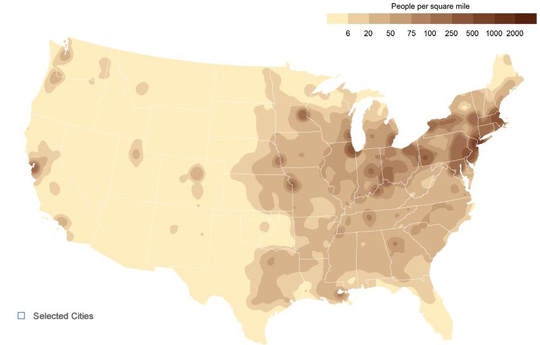Best Free Online Genealogy Tools
Looking to take your ancestral research to the next level? In this article, GenealogyInTime Magazine has gone outside the box to find new and interesting websites to help trace your ancestors. We vetted hundreds of websites looking for those underpublicized gems that will help you get ahead. We then condensed the list down to the very best ones. Read on to find our selection of the best free online genealogy tools.
Ancestral research is part historian, part archivist, part detective work and with the occasional dash of good luck. In this article, we look at internet tools that will help you accomplish all four. And to further our mandate of using creative and innovative ways to help people find their ancestors, GenealogyInTime Magazine goes beyond the usual suspects like FamilySearch, or Dropbox.
We focus on websites that help you solve a specific genealogy issue. The one common theme with all the websites in this article is that none of them were specifically designed for ancestral research, but all of them can be very useful to a genealogist.
US Census Data Visualization Gallery
The US census bureau has an amazing website that provides multiple ways to look at census data. The visualizations are both beautiful and potentially useful to genealogists. We have reproduced two of the visualizations below to give you a sense of the power of this website. [US Census Data Visualization Gallery]
This visualization shows the migration pattern to California in the early 1950s and the migration pattern out of California in the late 1990s. Genealogists can use this visualization to help track missing relatives. For example, if you suspect your relative might have migrated to California in the 1950s, the most likely starting point would have been Illinois, followed by New York and Michigan. Conversely, if you think a relative might have left California in the 1990s, the most likely destinations would have been Nevada, Arizona or Texas. Source: US Census Bureau
This visualization shows the population density of America in 1890. If you go to the website, you can run a program that allows you to see how the US population evolved from 1790 to 1890. It gives a good indication of migration patterns from east to west by decade. Source: US Census Bureau



